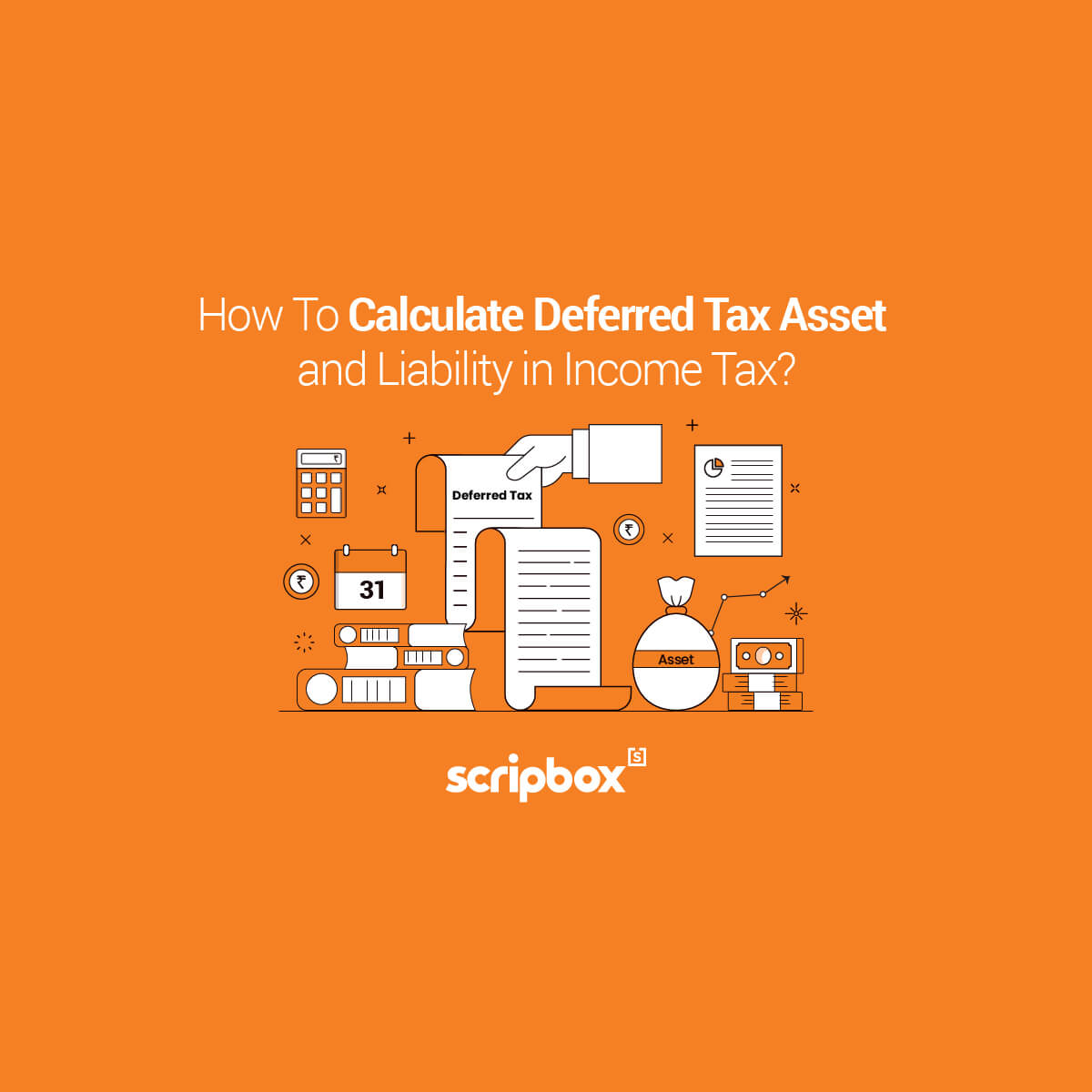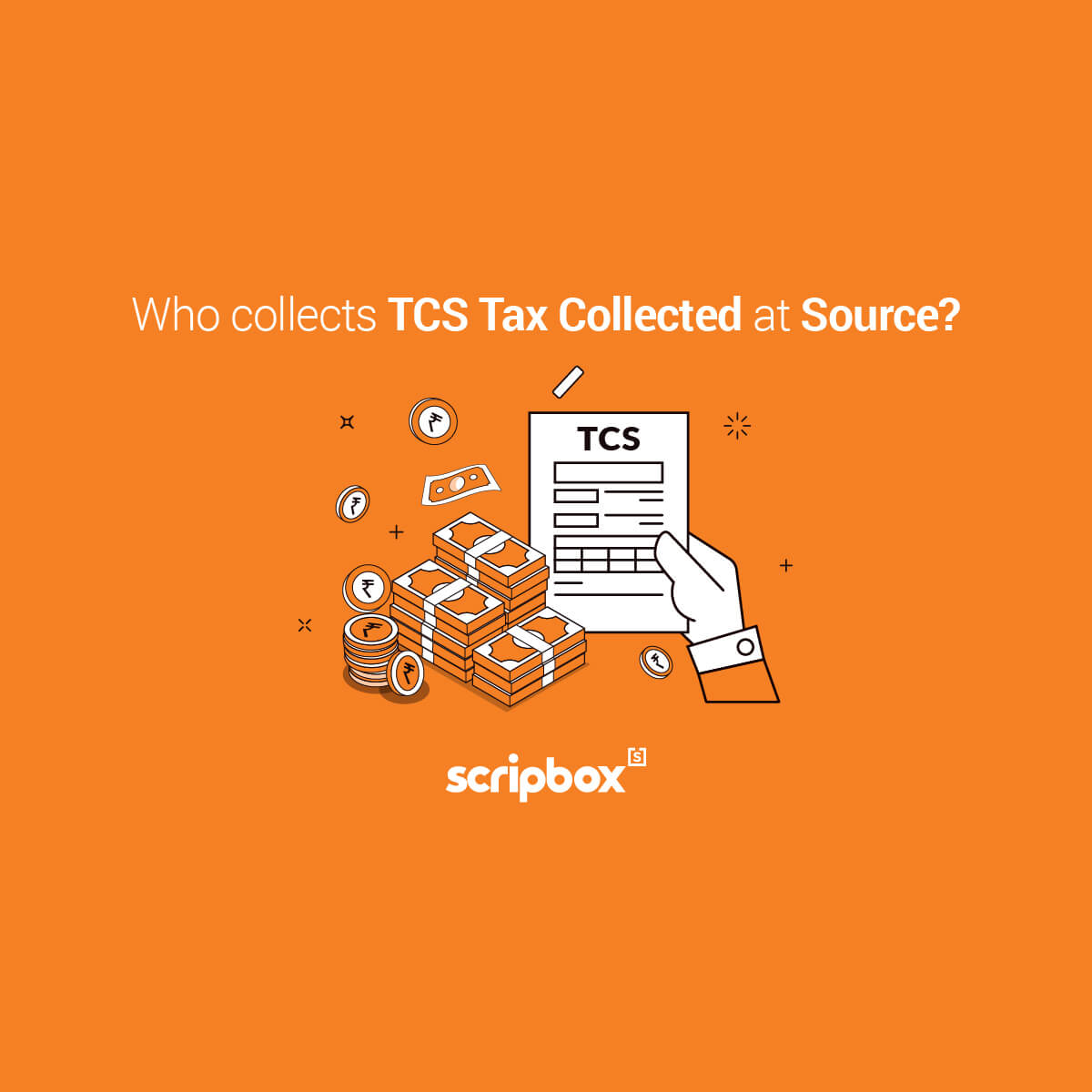What is a Direct Tax?
In India, taxes are levied by the Government through Direct & Indirect Taxes. Both are extremely important in the growth of the Indian economy. Direct taxes, in simple terms, is the tax that is levied directly on the person’s or an organization and is paid by them directly to the government.
In the case of direct taxes, the person paying the tax cannot transfer the incidence of tax to someone else
Types of Direct Taxes in India
The various types of direct taxes levied on citizens by the Government Of India are as below:
Corporate Tax
As per the provisions of the income tax act, both domestic and foreign entities are liable to pay taxes to the government. In the case of companies carrying out activities for profit, the net profits are liable to tax at the rates prescribed in the act. Companies earning income in the form of dividends, interest, etc are also taxable.
At present, the companies having a gross turnover of up to Rs. 250 crore are liable to pay corporate tax at 25% of the net profits of the companies. Furthermore, the companies with a gross turnover of more than Rs. 250 crore are liable to pay tax at the rate of 30%.
MAT or Minimum Alternative Tax
MAT or Minimum Alternative Tax is levied under the provisions of section 115JB of the income tax act. The overall objective of MAT is to facilitate the taxation of zero tax companies by taxing their books’ profits. Accordingly, tax payable by a company will be higher than the below:
- Tax computed as per the normal provisions of the act.
- Tax computed @18.5% on book profits.
It is to be noted that surcharge and health & education cess will be added to the above tax as calculated.
Dividend Distribution Tax (DDT)
Dividend Distribution Tax is the tax paid by the companies which are paying dividends to their shareholders. The provisions relating to DDT are covered by section 115O. Any company which is declaring a dividend is required to pay dividend tax at the rate of 15% on the gross dividend. In effect, the final rate arrived at after grossing up is 17.65% on the amount of dividend declared. There are various other important points which need to be kept in mind as described below:
- DDT is to be paid within 14 days of the declaration, distribution of payment of dividend whichever is earlier.
- Non-compliance with the payment of dividends will lead to interest at the rate of 1% of the DDT. This will be considered from the date when it was payable until the actual date of payment.
- Section 115BBD provides for a concessional rate of tax of 15% on dividend received by an Indian Company from its foreign subsidiary
Income Tax
Income tax, also known as a direct tax, is the tax imposed on the annual income of businesses and individuals by the government. The tax is calculated as per the provisions of the income tax act and is paid directly to the government. The applicable income tax rates depend on the total income of the assessee.
There are cases, such as salary, wherein the tax is deducted at the source before making the payment. This helps the government in generating revenue throughout the year and the assessee can claim the tax paid at the time of filing the income tax return.
What is an Indirect Tax in India?
Indirect tax, in simple terms, is the tax levied by the government the incidence of which can be passed on to another entity or an individual. Such taxes are imposed on the manufacturer or supplier of services and are eventually passed on to the end consumer. Before the introduction of GST in 2017, there were various indirect taxes that were imposed on the taxpayers.
GST is a path-breaking indirect tax reform that aims to create a common national market. It offers a comprehensive and continuous chain of tax credits from the manufacturer right up to the retailer thereby taxing only the value-added at each stage of the supply chain.
Types of Indirect Taxes
Service Tax: It was imposed on the gross amount charged by the supplier of services to the recipient of services.
Custom Duty: It was a duty that was levied on the goods that were coming from outside India and was ultimately paid by the consumers in India.
Sales Tax: This was paid by the retailer and who would then pass on the tax burden to the customers.
Value Added Tax(VAT): VAT was collected on the value of goods and services which were added at each stage of the manufacture or distribution and the tax burden was then finally passed on to the consumers.
Central Excise Duty: This was levied on the manufacture of goods and the manufacturer would pass on the tax burden to wholesalers and retailers.
With the introduction of GST, all the above taxes were subsumed and one unified tax structure was put in place. With this effect, the slogan of “One Nation, One Tax, One Market” became a reality.
Difference Between Direct Tax and Indirect Tax in India:
| Particulars | Direct Tax | Indirect Tax |
| Leviability | Direct taxes are imposed on income and profits | Indirect taxes are imposed on the supply of goods and services. |
| Applicability | It is applicable to each individual or company that earns profits during the year. | It is applicable to every stage of the production cycle. |
| Transferability | It cannot be transferred from one person to another. The tax needs to be paid by the person who has earned the income or profits. | Can be transferred by one person to another who can take the credit of the taxes paid. |
| Types | Income tax proposed direct tax code | Goods & Service Tax |
| Tax burden | The tax burden lies directly on the person earning the income. | The burden of tax is shifted by the service provider and manufacturer to the end consumer. |
Who is Responsible to Pay Direct Tax and Indirect Tax in India?
In the case of direct tax, the final tax is payable by the person who is being assessed. In simple terms, direct taxes are payable by the individual or the company that is earning the profit.
Moreover, the indirect tax is the final tax is payable by the end consumer of goods or services. Since the indirect tax is applicable to every stage of the production-distribution chain, the credit of the tax is allowed to be taken. This reduces the cascading effect of tax thereby making the process seamless.























Show comments